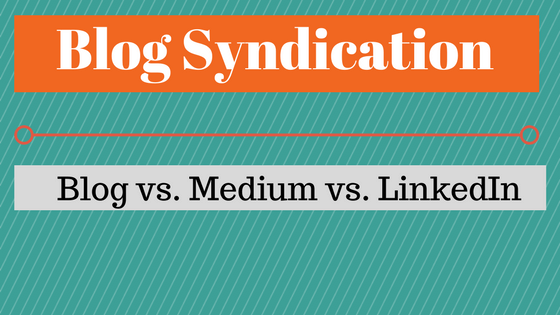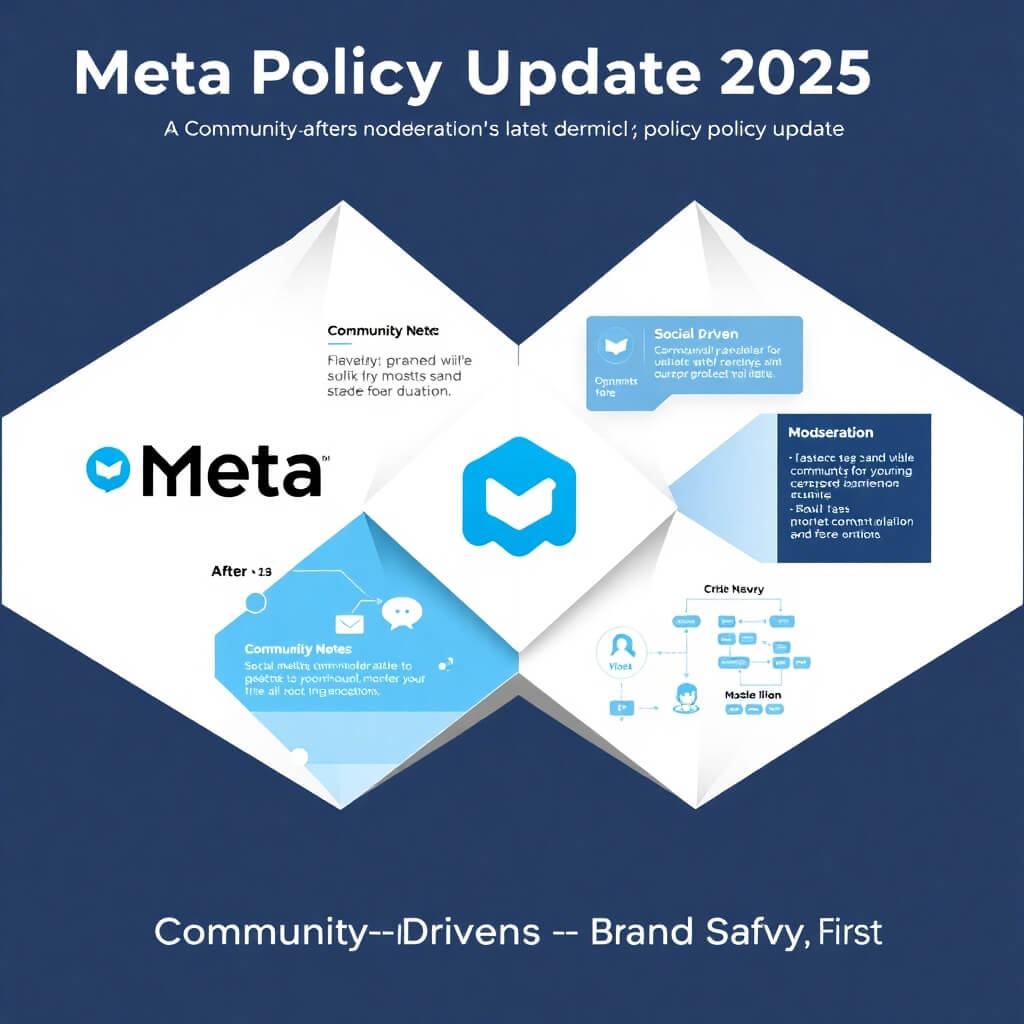
Smart marketers understand the importance of content marketing and promotion in an age where “users on WordPress produce about 91.8 million new posts each month” (source). Content marketing can get expensive if you consider the cost of freelance writers, graphic designers, developers, hosting, and the tradeoff of investing in other marketing programs. Thankfully, marketers can promote and increase their content’s reach through syndication on established social platforms, such as Medium and LinkedIn Pulse
Recommendations
- Do not syndicate all your blog posts on Medium or LinkedIn Pulse.
- Change the tone of voice of the article to match the platform’s audience.
- Put the copy in layman’s term. Since Medium has a broader audience, they might not understand industry terms that your target demographic understands when reading the blog article on your website.
- Do not share the entire article on Medium and LinkedIn; link to the original source on your website.
- Consider posting your most popular blog posts to Medium and LinkedIn.
Advantages of Blog Syndication
- Increases visibility and more social shares of a blog post since the platform is a social platform versus a corporate blog.
- Introduces your brand and content to a wider audience.
- Medium has 60 million monthly visitors not aware of your brand or industry.
- LinkedIn has an average of 106 million members visiting the service each month.
- Medium.com provides a canonical tag, sharing link equity to the original blog URL; LinkedIn Pulse does not.
Disadvantages of Blog Syndication
- Campaign Tagging and Remarketing
- Since the article is not hosted on your site, you cannot add tracking campaign parameters on your post on Medium or LinkedIn if the post receives a lot of views.
- User Experience and Branding
- If a person enjoys the article on Medium or LinkedIn, they will remember that positive experience on these websites instead of your website.
- Conversions and Lead Quality
- There are fewer opportunities for conversion with only a call-to-action in text form. Since Medium has a broader audience, you won’t receive as many marketing qualified leads (MQLs)
- SEO Rankings and User Engagement Signals
- Since Medium and LinkedIn have more domain authority than your website, your blog post has a better chance of ranking for keywords from these domains.
- Any positive engagement metrics that happen on Medium.com or LinkedIn.com will stay there since they are their separate domains.
- Layout and Formatting
- You cannot include a custom layout or a call-to-action button on your blog post on Medium or LinkedIn.





